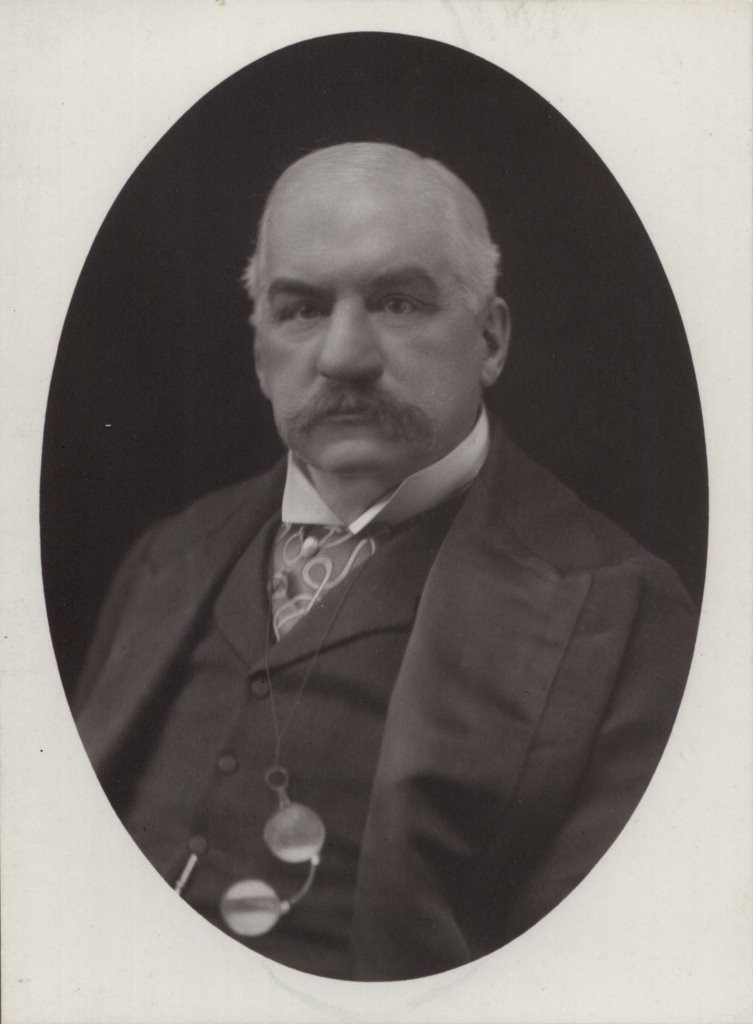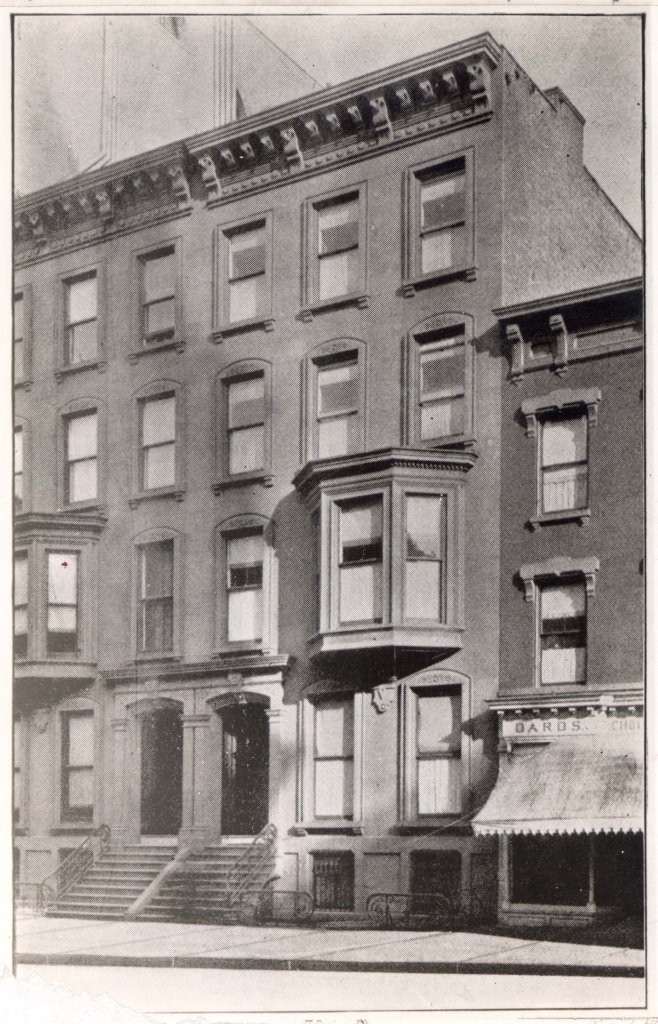Coeducation at Columbia
Coeducation Deferred: The Establishment of Barnard College
By the mid-1880s, advocates of the education of women feared that coeducation was a losing battle. They observed, though, that most of Columbia’s students, faculty, and administrators did not object to the education of women – only to the education of women alongside Columbia men.
Therefore, Annie Nathan Meyer and other critics of the Collegiate Course for Women decided to pursue yet another compromise route. Meyer began a campaign to create a women’s college affiliated with Columbia College. This “annex,” modeled after the Harvard women’s annex (later Radcliffe), would offer its students an education “separate but equal” from that of Columbia men. This women’s college would maintain its own lectures and seminars, thus providing women the complete education that the Collegiate Course did not offer. [1]
Meyer first suggested the idea of a women’s annex to the Trustees in 1888, shortly after the Nation published her article about the Collegiate Course. She assumed correctly that the Trustees would be more amenable to a separate female college; she also knew, though, that they would not want to spend Columbia money to found such an institution. Thus she informed the Board that she and other advocates would solicit the necessary funds for the women’s college. All the Board had to do was say yes. [2]
After her appeal to the Trustees, Meyer began circulating a petition endorsing the annex, procuring signatures from a number of New York’s elite and several prominent religious leaders. She then began to court the Trustees individually. She found most of them open to the idea of a woman’s annex; even Reverend Dix believed that a separate school for women was less threatening than the specter of coeducation at the College. In March of 1888, the Board of Trustees agreed to refer Meyer’s proposal to a subcommittee headed by Dix; in May of that year, the committee reconvened and lent their tentative approval to Meyer’s idea. They required, though, that Meyer and her colleagues provide a plan for the funding of such a school, and that they raise these funds themselves. [3]
Meyer formed a committee to draw up a series of by-laws for the annex, to form the school’s Board of Trustees, and to find it a home. By February 1889, the committee was ready to present its plan to Columbia’s Board. On April 1 of that year, the Board approved the proposal, making only one change: they insisted that the college courses taught at the annex use Columbia faculty only. Most of the $10,000 raised to open the school in the fall of 1889 came from J.P. Morgan, whose wife had agitated first for coeducation and later for the establishment of the annex. [4]
The Board also approved a suggestion made by Meyer that the new school be named after Frederick A.P. Barnard. The longtime president of Columbia had retired that spring and was seriously ill; he would die before the month of April was over. Meyer’s suggestion was one of great political savvy and powerful irony. Once the college was named after the great advocate of coeducation, he and his family could not fight easily the establishment of the women’s annex or the termination of the Collegiate Course. By honoring President Barnard in the name of the annex, Meyer threw a cloak over Barnard’s passionate belief that men and women should be educated side by side. [5]
The Collegiate Course for Women did fall quietly out of existence in the 1890s. Only a handful of women, already enrolled, graduated that decade. The last Collegiate Course graduate, Elizabeth Francis Nammack, received her Bachelors in 1895. [6]
In the fall of 1889, when Barnard College opened its doors at 343 Madison Avenue, it effectively tabled the question of coeducation for almost a century. Barnard College proved a vast improvement to the Collegiate Course as it offered its students the classroom experience that the Collegiate Course denied them. It provided New York women the facilities and faculty necessary to receive a thorough, though segregated, education. Happy with the gains they had made, crusaders for women’s education backed off of the issue of coeducation for many years.
[1] Rosalind Rosenberg, Changing the Subject: How the Women of Columbia Shaped the Way We Think About Sex and Politics (New York: Columbia University Press, 2004), 51-58; Robert McCaughey, Stand Columbia: A History of Columbia University in the City of New York, 1754-2004. (New York: Columbia University Press, 2003), 167-168.
[2] Trustee Minutes 1888, University Archives, Rare Book & Manuscript Library, Columbia University in the City of New York.
[3] Trustee Minutes 1888; Rosenberg, Changing the Subject, 51-58.
[4] Rosenberg, Changing the Subject, 51-58.
[5] Rosenberg, Changing the Subject, 56-58.
[6] Women: Collegiate Course for Women, Historical Subject Files, University Archives, Rare Book & Manuscript Library, Columbia University in the City of New York.

